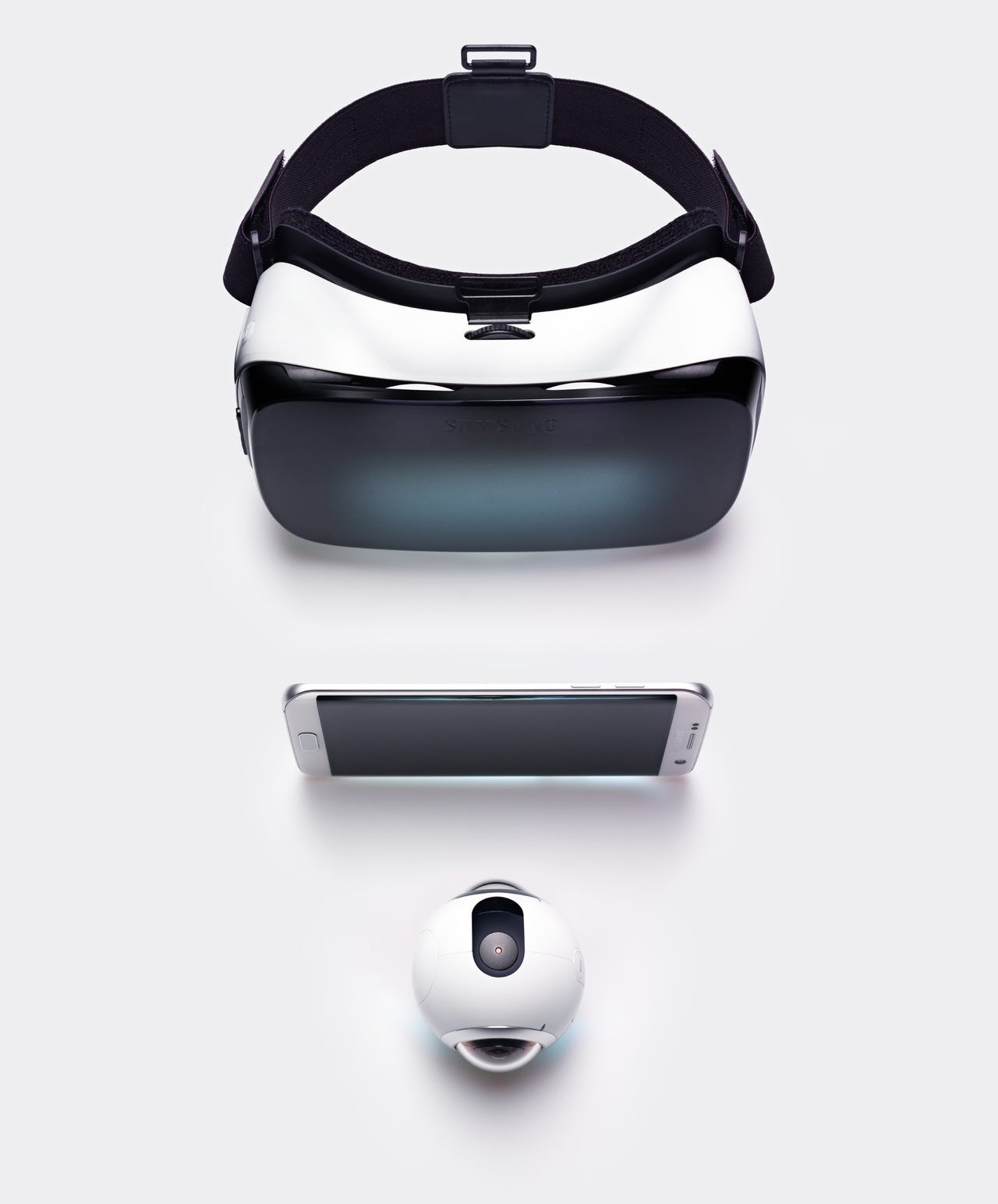Samsung's Gear VR surpasses 1 million user mark


More than 1 million people used Samsung's Gear VR headset in April 2016, according to Oculus.
More than 1 million people used Samsung's Gear VR headset in April 2016, according to Oculus, the Facebook-owned VR company whose platform powers the Samsung headset.
The milestone should come as encouraging news to companies hoping that VR, once it gains real traction, can help them develop competitive advantages.
"A million is kind of a magic number for a lot of people to start taking this seriously," Max Cohen, head of mobile for Oculus, told CNET's Jessica Dolcourt at a press event this week. "It starts making more economic sense for others to join in."
Gaming and entertainment accounts for a high percentage of current VR applications. Facebook, Dolcourt reported, is using Oculus to support 360-degree photo sharing, while Oculus is working with Hulu and Discovery to create VR content.
Yet a new Forrester report suggests that now is the time for companies seeking an edge in their industries to consider VR's enterprise applications. The report shows how VR, along with AR and mixed reality (MR), can enhance customer interactions, drive employee effectiveness, and assist in training and visualization for either employees or customers.
For instance, the 3D visualization company Dassault Systèmes is partnering with HTC Vive to develop applications for product design, manufacturing and engineering. The HTC Vive, released in April 2016, is a tethered head-mounted display with sensors, hand controllers, and base stations to enable room-scale experiences. The hardware competes directly with the Oculus Rift headset.
Along with the HTC Vive, Forrester identified four other players in the extended reality space that have strong enterprise potential: Sensics' OSVR middleware, the Microsoft HoloLens, APX Labs' Skylight software suite and Marxent VisualCommerce platform.
While VR will open up new opportunities for businesses to engage with customers and train employees, Forrester forecasts that AR will gain traction within the U.S. workforce. As many as 14 million workers, or 8 percent of U.S. employees, will use smart glasses by 2025, the research firm predicts.